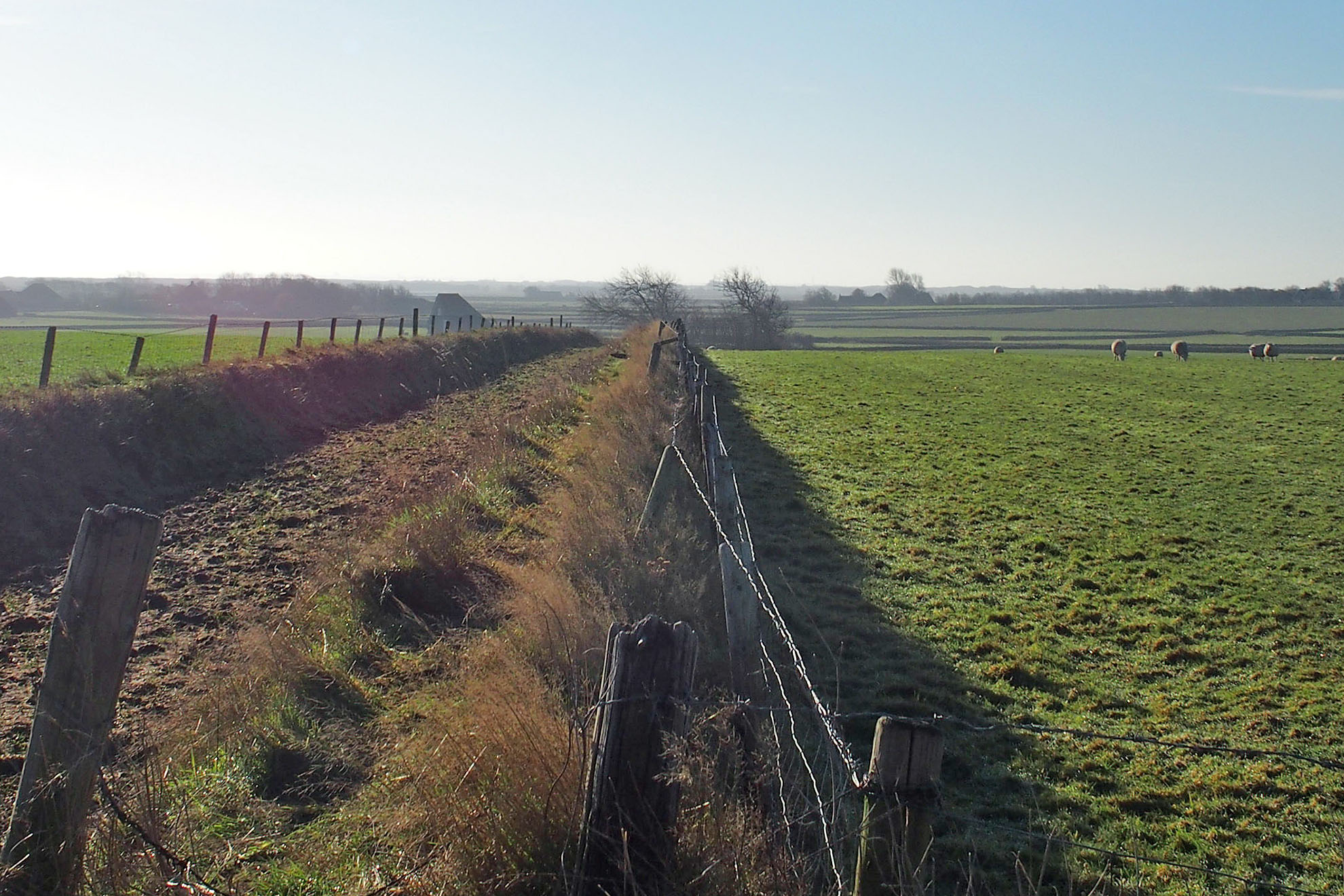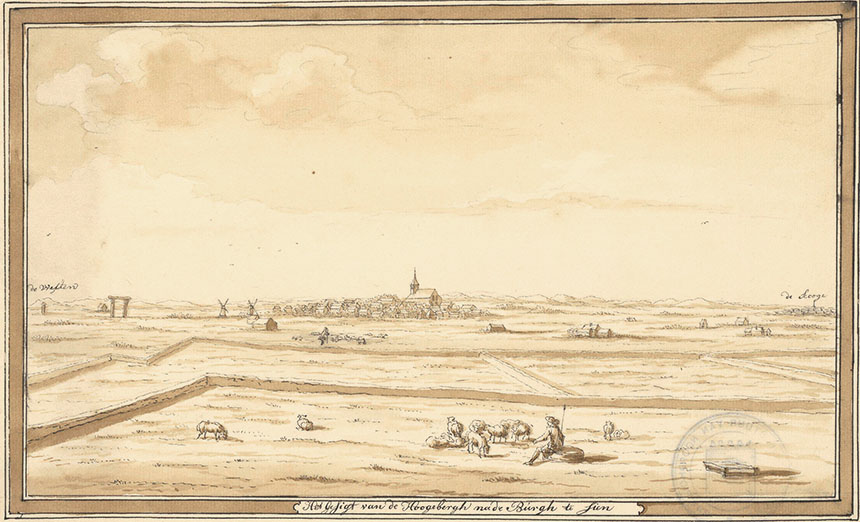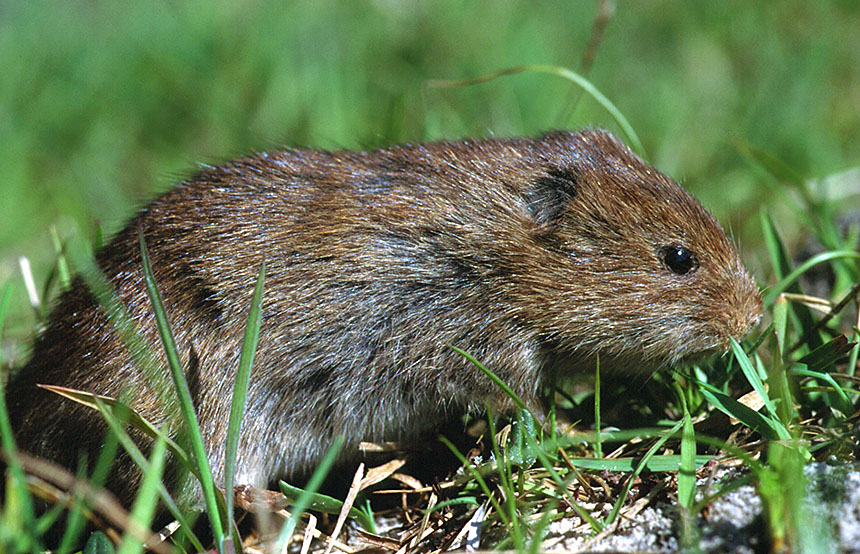Tuinwallen

Op Texel, en dan met name in het Hoge Berggebied, vormen de tuinwallen een alom aanwezig element in het landschap. Veel Texelse terreinbeheerders en boeren zijn trots op de tuinwallen. Ze worden daarom goed onderhouden. Regelmatig worden er nieuwe ‘tuunwoaltjes’ aangelegd.
Van overalweyden naar percelen

Tot het einde van de zestiende eeuw liep het Texelse vee in de wintermaanden vrij over de graslanden van het oude land. Documenten uit die tijd noemen dat het ‘overalweyden’. De grondbezitters waren erop tegen. In de loop van de zeventiende eeuw werd het op steeds meer plekken verboden, tot het in 1711 definitief werd afgeschaft. De weidegronden werden in die periode opgedeeld in percelen en die moesten van elkaar worden gescheiden. Hout voor hekken was er nog steeds niet en dus legden de Texelaars ook hier op grote schaal tuinwallen aan.
Van handwerk naar machines

Eeuwenlang was het stapelen van tuinwallen puur handwerk. Voor het maken van een tuinwal heeft het Tessels zelfs een werkwoord: ‘tuunen’. Het was zwaar werk, je kreeg er ‘lange arreme en wiede neusgate fon’. Tegenwoordig worden nieuwe tuinwallen aangelegd met speciaal daarvoor ontwikkelde machines.
Bijzondere flora

Tuinwallen worden gestapeld van voedselrijke graszoden. In de loop der jaren spoelen de mineralen uit de aarde van de walletjes. Daardoor ontstaan omstandigheden voor planten die gebaat zijn bij een voedselarme ondergrond. Ook de blootstelling aan zon en zeewind spelen een rol bij de ontwikkeling van de flora. Grasklokjes, zandblauwtjes, Engels gras en muizenoortjes zijn soorten die vaak in het oog springen.
Bijzondere fauna

De bijzondere bloemen op de tuinwallen worden bezocht door bijzondere, zeldzame insecten. De Texelse zandbij verzamelt zijn voedsel op biggenkruid, muizenoortjes en andere gele bloemen. De klokjesdikpoot doet zijn naam eer aan: hij bezoekt alleen planten uit de klokjesfamilie. Verder bieden de tuinwallen ook een goede bescherming voor Noordse woelmuizen. Nog steeds is Texel een bolwerk voor dit elders zeldzame knaagdiertje.
Landschapsreservaat
Het is vooral omwille van de tuinwallen dat het Hoge Berg-gebied in 1968 is uitgeroepen tot Landschapsreservaat. Deze status maakt het mogelijk dat de boeren en andere grondeigenaren subsidie kunnen krijgen voor het beheer en de nieuwe aanleg van de tuinwallen.








